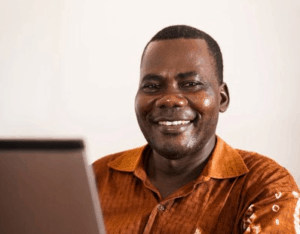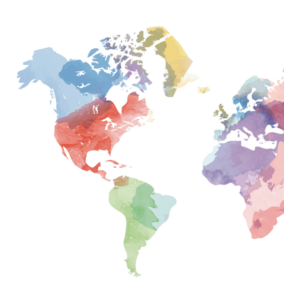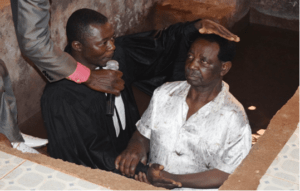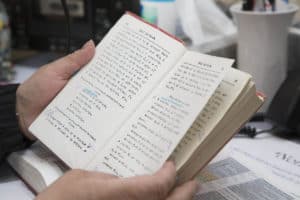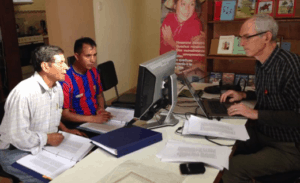Word Alive Now Blog
When Matilde decided to attend a literacy class based on Bible readings in Cusco Quechua, her mother tongue, her husband taunted her.
Goma Mabele knows what perseverance is, after serving three decades in the Mbandja Bible translation project in the Democratic Republic of the Congo (DRC).
We hoped that, one day, we would get a way to learn God’s Word in a way that we understand best.
A recent workshop in Brazil for translation consultants-in-training drew 50 participants from nine countries.
“Even though I had heard the Word of God before,” says Emmanuel, “it had never spoken to my heart . . . as it did when I started hearing it being read to me in my mother tongue.”
One of the tribesmen who helped translate the Scriptures for the Kalinga people in the northern Philippines was named Biano. As a Wycliffe linguist was preparing to return to Australia for a time, he expressed curiosity about why Biano never questioned the Scriptures.
“Your Word have I hidden in my heart that I might not sin against you”
Several years after the Wapishana people of Guyana, South America, received their New Testament, the translation continues to touch lives.
With a happy grin and sweat pouring down his face, Pey* was the first to arrive at the Scripture-checking meeting each morning. He left home before four a.m. and returned after nightfall, a grueling four-hour hike (with an elevation gain…
There is nothing God wants to say that he cannot say in any language on earth. Wycliffe Bible Translators believe this with all our hearts. We, along with our partners, are committed to clear, accurate and natural Bible translation. Another way…


